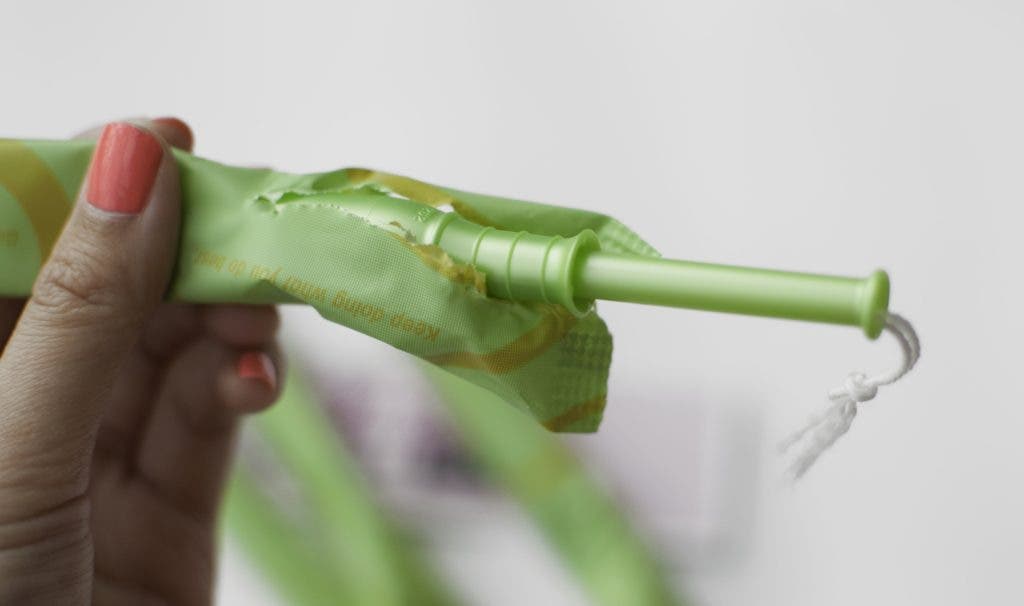Though most women believe it, there isn’t actually any proof of women starting their periods at the same time after spending a lot of time together. Now, a period-tracking app called Clue in collaboration with the University of Oxford has compiled the largest study so far looking at period-syncing. The app asked its users if they thought their cycles were matching up with someone else’s (who was also using the same app). Of the responders, they analysed 360 pairs of women and their period cycles. The results showed that their periods actually diverged instead of becoming closer together.
Period-syncing
The belief that the women who spend a lot of time together sync their period has been held even for centuries. Even now, many people mention it casually. A study that was published in 1999 found that 80% of women believed in period-syncing and 70% enjoyed the phenomenon. Though that survey was conducted 20 years ago, the theory is still widely circulated today. However, women’s health has been a neglected area of study so it’s only being researched recently.

Part of the reason this idea is so deeply ingrained exists because a high-profile study in the 1970s “proved” it. The psychologist Martha McClintock tracked the periods of 135 college women living in the same dorm. She found that the start of periods synced up. This study also proposed the kind of funny idea that there exist “alpha” uteruses that have a stronger hormone pull that causes nearby uteruses to sync. However, the study used flawed statistical methods, such as sample selection and the method of determining period start dates. When the analysis was re-done properly with the same data, no effect was found. Several following studies also failed to get the same results as her. In 1991, a group at the University of Missouri studied the periods of 132 sorority members and was the first study that found that period start dates were actually diverging from each other. In 1993, researchers at New Mexico State University on 30 lesbian couples also didn’t find any evidence of converging periods.
Cluing in on period dates
The period-tracking app Clue received 1500 responses for its call for participants who thought that their menstrual cycles were syncing with someone else. They narrowed the sample down to 360 pairs for a variety of reasons, such as needing data for at least three consecutive period cycles and not being on birth control. Each woman had some sort of close relationship with the other member of the pair. They could have been friends, siblings, roommates, partners, mother-daughter pairs or colleagues. About one-third of the participant pairs lived together.

The majority, 273 pairs, had a greater difference in the start of their periods than at the beginning of the study. Only 79 pairs actually had their period start dates come closer together. Living together didn’t make a difference. 37% of the pairs with diverging cycle dates lived together, while 24% of the pairs with converging dates lived together. In statistical tests, the analysts found that that the difference in cycles actually increases. Their period’s don’t go out of sync because they never were in sync in the first place. If you have two random repeated series, the series diverge as the numbers become larger. Many women have differently lengthed cycles, not all are exactly 28 days long. Since an average period is five days long, the period can often match up just by chance.

There are a few other reasons why women might think that their periods are syncing up. Firstly, they may notice it more and attach more significance to cases of period-matching as opposed to non-matching. It also might be a way to feel solidarity and support through the uncomfortable period that almost all women go through.


